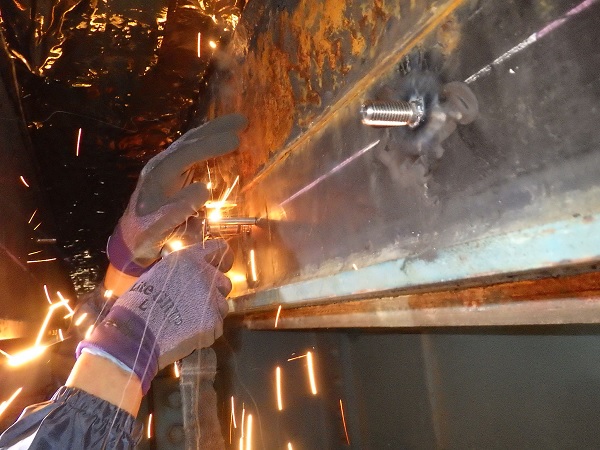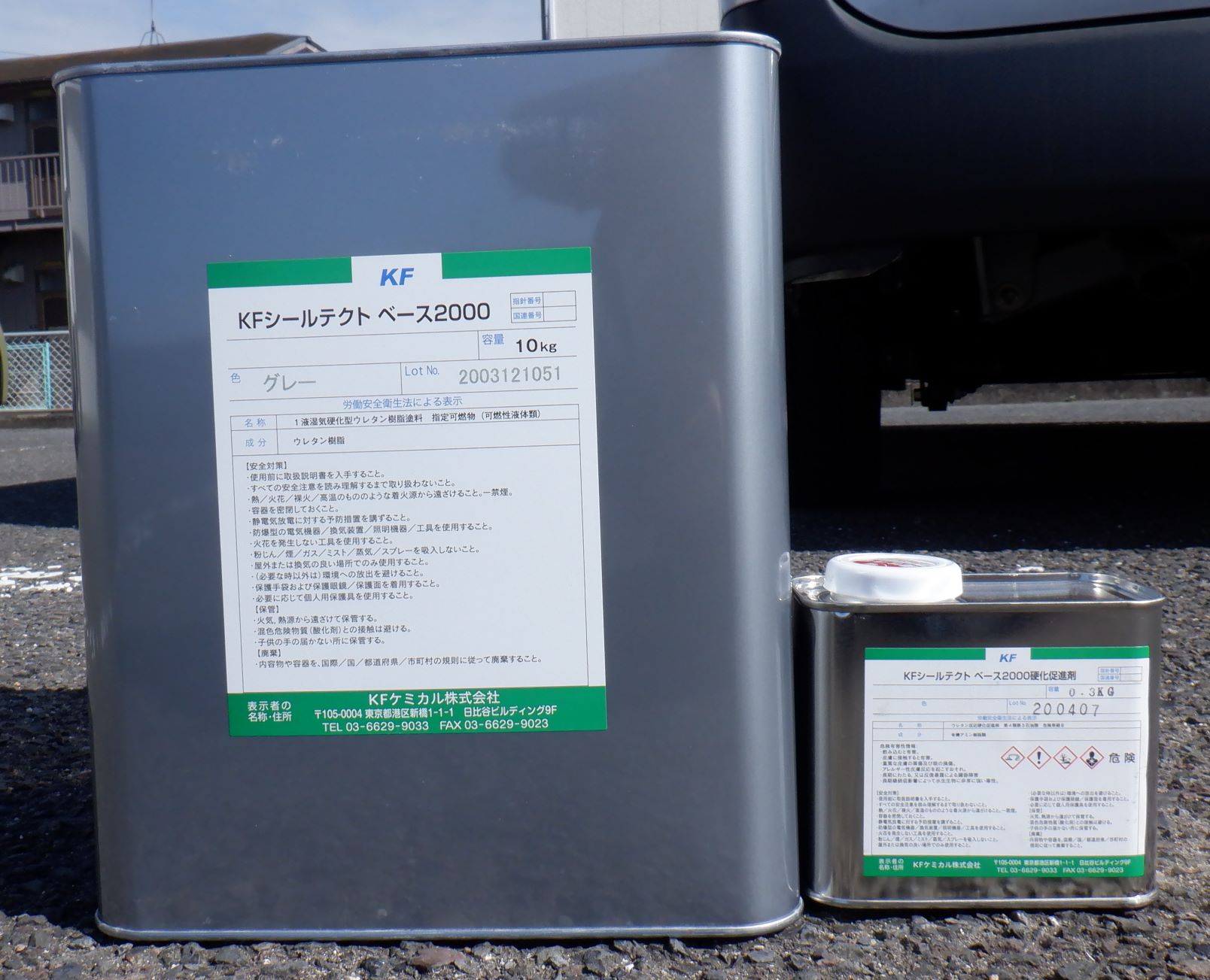2023-06-05 プリンストン大学
◆3Dプリントされたコンクリートは、従来のコンクリートよりもひび割れしやすい傾向がありますが、不均一な微細構造が起因すると考えています。
◆プリンストンの研究者は、レーザーを使用して3Dプリントされたセメントの正確に配置された溝を切断する新しいテスト方法を実証しています。レーザーの出力と速度を制御することにより、研究者は溝の深さや形状などの重要な機能を制御できます。この制御により、従来の方法よりもはるかに正確なテストが可能になります。適切な特性評価によって3Dプリントされたコンクリートが従来のコンクリートと同じか、それ以上の強度を持つ可能性があることを示しています。
<関連情報>
- https://engineering.princeton.edu/news/2023/06/05/lasers-pave-way-better-use-cement
- https://www.sciencedirect.com/science/article/pii/S0958946523001087
3Dプリンティングされた不均一な積層セメント材料の破壊・輸送解析 Fracture and transport analysis of heterogeneous 3D-Printed lamellar cementitious materials
Shashank Gupta, Hadi S. Esmaeeli, Arjun Prihar, Rita M. Ghantous, W. Jason Weiss, Reza Moini
Cement and Concrete Composites Available online: 25 April 2023
DOI:https://doi.org/10.1016/j.cemconcomp.2023.105034

Highlights
•Laser processing was proposed to create accurate sharp notches in cement paste.
•The notch depth was controlled using optimal laser speed and power.
•Modified Brazil-nut test was used to characterize fracture properties.
•In Mode-II, crack deflection into the weak interfaces enhanced fracture toughness.
•Heterogeneous interfaces led to anisotropic transport behavior.
Abstract
This paper investigates the spatial characteristics of microstructural phases in relation to the fracture toughness in Mode-I/II and transport behavior in two orthogonal directions of lamellar 3D-printed cement paste compared to cast counterparts. Using segmentation techniques, it was found that intact 3D-printed materials represent porous interfaces and microchannels. A modified partial-notch Brazil-Nut test was proposed to characterize the Mode-I/II fracture toughness. A new laser-notching process was proposed to generate a sharp notch and account for the sensitivity of fracture processes to microstructural heterogeneities in 3D-printed materials. Unlike Mode-I, significantly higher Mode-II fracture toughness was found in 3D-printed material in the perpendicular direction compared to the cast, owing to the in/out-of-plane crack deflection along the interfaces. The porous interfacial regions were hypothesized to govern the crack initiation in both Mode-I/II. Water transport was characterized by absorption using Neutron Radiography, where interfacial heterogeneities act as capillary breaks, hence directionally influences water absorption and transport.



